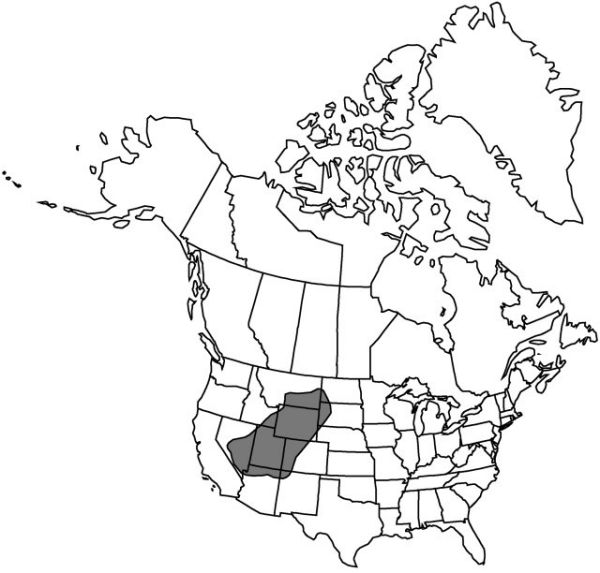Calochortus nuttallii
in H. Stansbury, Exped. Great Salt Lake, 397. 1852.
Plants usually bulbose; bulb coat, when present, membranous. Stems usually not branching or twisted, straight, 1.5–4.5 dm. Leaves: blade linear, becoming involute; basal withering. Inflorescences subumbellate, 1–4-flowered; bracts congested, unequal. Flowers erect; perianth open, campanulate; sepals marked similar to petals, usually shorter, lanceolate, glabrous, apex acuminate; petals white, tinged with lilac or infrequently magenta, yellow at base, with reddish-brown or purple band or blotch distal to gland, broadly obovate, cuneate, sparsely invested near gland with slender hairs, apex usually short-acuminate; glands round, depressed, surrounded by conspicuously fringed membrane, densely covered with short, unbranched or distally branching hairs; filaments ca. equaling anthers; anthers yellowish or pinkish, oblong, apex obtuse. Capsules erect, linear-lanceoloid, 3-angled, apex acuminate. Seeds flat. 2n = 16.
Phenology: Flowering late spring–late summer.
Habitat: Dry soils
Elevation: 700–3300 m
Distribution

Ariz., Colo., Idaho, Mont., Nebr., Nev., N.Mex., N.Dak., S.Dak., Utah, Wyo.
Discussion
Selected References
None.
Lower Taxa
"broad" is not a number."usually longer and broader" is not a number."thicker" is not a number."dm" is not declared as a valid unit of measurement for this property.
